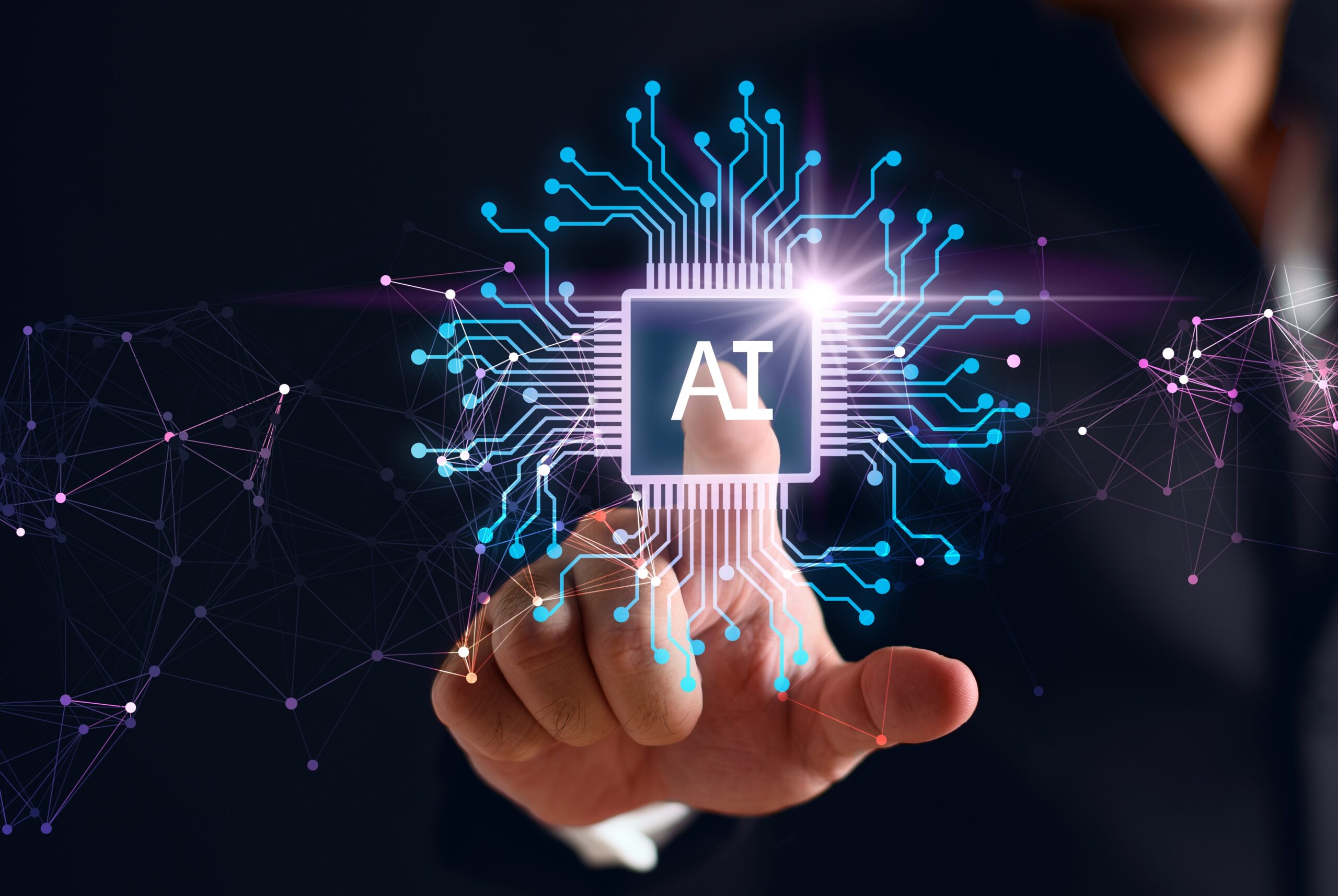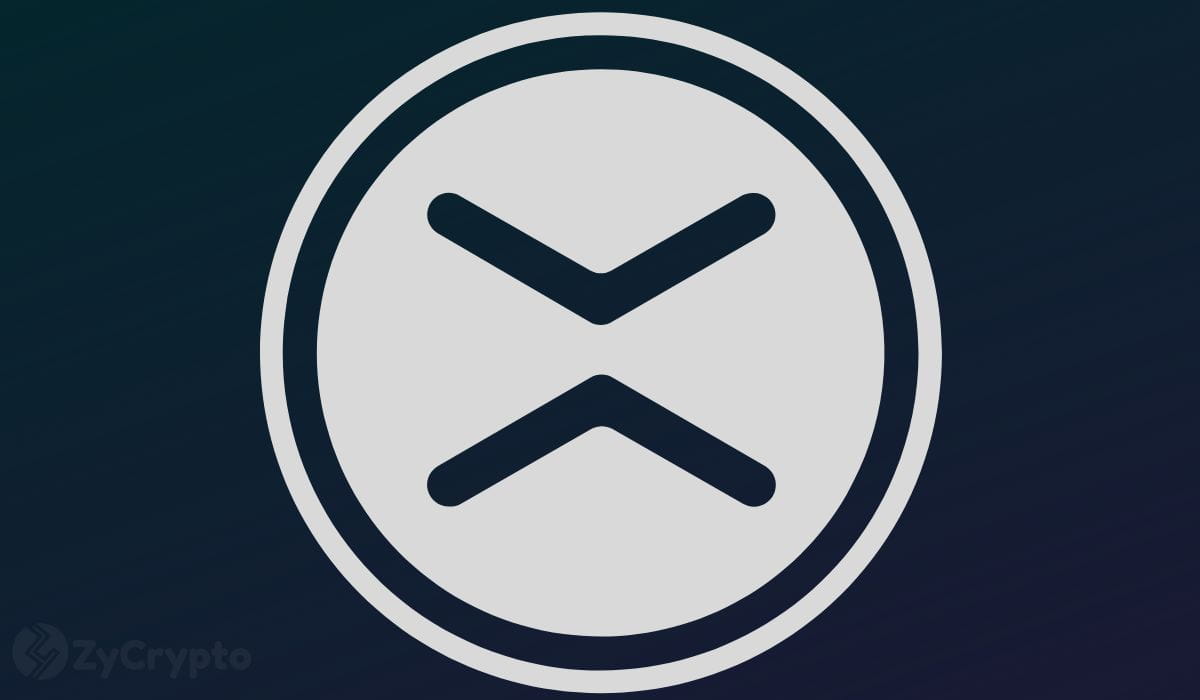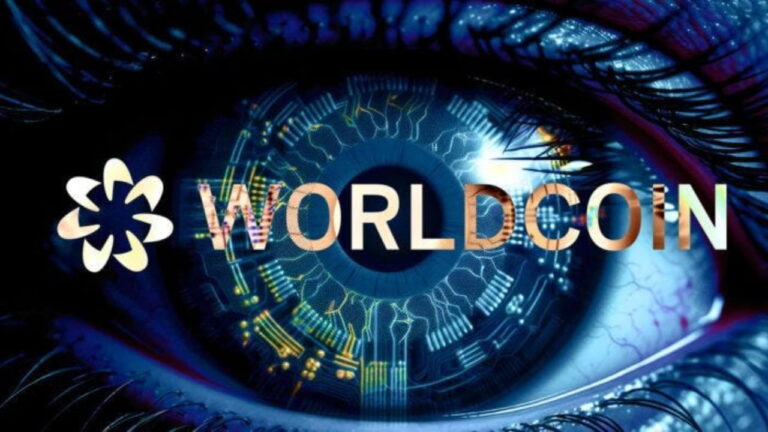Blockchain and artificial intelligence are converging in a way that is rapidly transforming the digital economy. Web3AI is at the forefront of this convergence. It is a rapidly growing project that is transforming how decentralised intelligence interacts with blockchain ecosystems. Web3 AI is garnering significant attention from both retail and institutional investors as the market continues to favourr initiatives that combine AI technology with Web3 infrastructure. This project is poised to revolutionise the way we think about intelligent decentralised computing, much like the emergence of AI tokens like Render (RNDR), The Graph (GRT), and Fetch.ai (FET).
Web3AI utilises decentralised nodes to train, execute, and refine machine learning algorithms without centralised control. It is based on the ideas of open-source governance, privacy protection, and scalable AI utility. This approach not only makes AI tools more accessible to everyone but also makes them more secure, open, and user-controlled. Its native token, which fuels data interactions and rewards computation, is quickly rising through the ranks of AI cryptocurrencies, making it the most popular AI crypto asset in 2025.
Balancing Ethics and Identity in AI-Driven Blockchain Systems
Worldcoin (WLD), a project co-founded by OpenAI CEO Sam Altman, is another crucial player in the AI-blockchain conversation. Worldcoin utilises biometric authentication, primarily iris scanning, to provide users with a unique, verifiable identity. It was designed to address the significant challenges of digital identity and universal basic income in the era of AI. This method has sparked both interest and debate, particularly as concerns about data privacy, surveillance, and the centralisation of biometric data intensify.
 A recent sentiment study of Worldcoin on social media and news sites reveals a divided community. Supporters view WLD as a first step toward equitable participation in the AI-driven global economy, particularly in developing regions. Some people, on the other hand, argue that using sensitive biometric data could lead to unfair practices or excessive digital access. LunarCrush, Santiment, and IntoTheBlock are tools that indicate investors remain cautiously enthusiastic, primarily due to Altman’s influence and the project’s ambitious goals.
A recent sentiment study of Worldcoin on social media and news sites reveals a divided community. Supporters view WLD as a first step toward equitable participation in the AI-driven global economy, particularly in developing regions. Some people, on the other hand, argue that using sensitive biometric data could lead to unfair practices or excessive digital access. LunarCrush, Santiment, and IntoTheBlock are tools that indicate investors remain cautiously enthusiastic, primarily due to Altman’s influence and the project’s ambitious goals.
As AI becomes an increasingly integral part of our economies, projects like Worldcoin raise greater ethical questions: who owns digital identity, and how should it be utilised in systems that aren’t centralised?
XRP’s Legal Outlook and AI-Driven Market Forecasts
As AI and Web3 projects gain traction, traditional cryptocurrencies like XRP are also getting more attention. The ongoing legal battle between Ripple Labs and the U.S. Securities and Exchange Commission (SEC) has been one of the most significant regulatory events in the cryptocurrency sector. As the case gets closer to being over, commentators are changing their predictions for XRP in the second half of 2025.

XRP’s utility as a cross-border payment method positions it favourably as interest in central bank digital currencies (CBDCs) and real-time gross settlement systems increases. If Ripple wins its legal battles, XRP could experience rapid institutional adoption. AI-powered predictive models are currently suggesting significant accumulation zones near the $0.50 mark, with optimistic sentiment pushing potential price objectives toward $1.20–$1.50 by the end of Q4 2025.
To make these predictions more accurate, market intelligence services that utilise neural networks and LSTM models are incorporating factors such as transaction volume, social engagement, and macroeconomic data. XRP may finally reach its full potential as a global liquidity bridge as investor trust continues to build.
Final thoughts
It’s no longer just a guess that AI and decentralised finance (DeFi) will work well together; it’s becoming a new way of doing things. Web3AI demonstrates how intelligent automation, distributed computing, and tokenised economics can all work together seamlessly without requiring trust in any single entity. These protocols are paving the way for a more independent internet economy by enabling robots to conduct business, evaluate data, and make decisions without the need fora centralisedd authority.
Worldcoin’s controversial but forward-thinking approach to digital identity, on the other hand, points to a future where location and old banking institutions don’t hinder access to the global economy. XRP’s evolution demonstrates that clear rules and new technology can work together to create digital assets that endure.
These initiatives highlight how AI and crypto can help address some of the world’s most pressing problems, including ensuring universal access to financial resources, promoting the ethical use of data, and establishing a global payments system.

